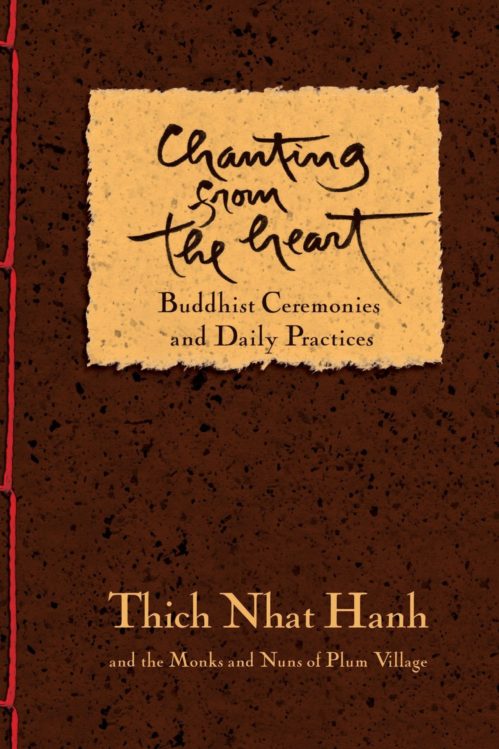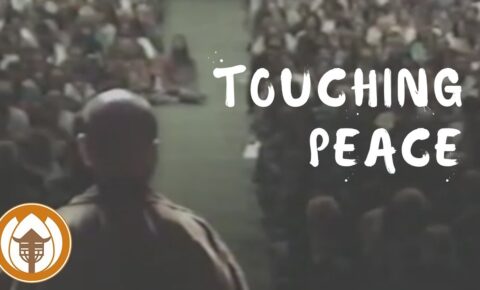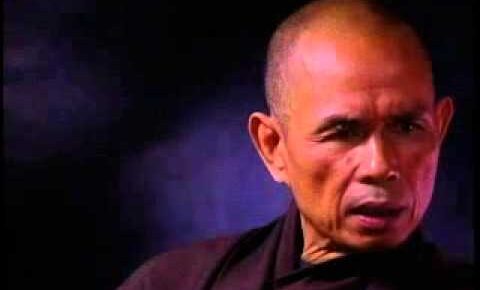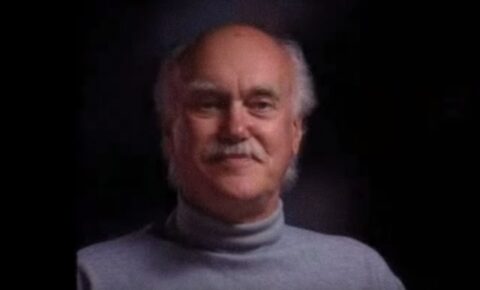Bodhisattvas, who in this life endeavor to remove
all obstacles and afflictions,
giving rise to a peaceful mind with confidence,
dwelling in awakened calm—
rely on the Practice of the Highest Understanding.
All the rivers on Roseapple Island,
producing the healing herbs, fresh fruits and flowers,
derive their power from the Naga King
who dwells in the cool Manasarowara Lake.
If all the hearer-disciples of the Buddha
use skillful means to teach the Dharma,
help people experience joy, taste the fruit of happiness,
and practice the holy life,
it is due to the sacred power of the Tathagata.
The Buddha transmits the Eyes of the Dharma.
His disciples, training according to it,
practice, realize, and teach it to others.
All that is due to the power and strength of the Buddha.
The incomparable understanding is not to be grasped.
It is not an object of realization. There is no awakening.
Someone who hears this without feeling terror
is a bodhisattva who has the capacity to understand the Buddha.
Form, feelings, perceptions, mental formations,
and consciousness are all empty.
The bodhisattva is not the least bit caught in anything.
He does not settle or abide in any dharma
and realizes the unattainable awakened mind.
When the bodhisattva would leave the shelter of afflictions
and shine her insight on the Five Aggregates,
she sees they are without true nature,
she does not seek the peace of nirvana.
That is to realize the wisdom of a bodhisattva.
What is the object realized by this understanding?
It is to shine the light of insight and see that all is empty.
With this insight, there is no longer any terror.
The bodhisattva awakens himself and others.
Treating the Five Aggregates as real
is not to understand their true nature.
The bodhisattva sees the aggregates as empty
and practices without being caught in the form and in the word.
The Five Aggregates are empty.
Because she does not get caught in the form, her practice is called “signless.”
Where there is practice, there is not the highest understanding.
There is nothing that can be called concentration, signlessness, and nirvana.
If he can practice this silent awakening,
all the Buddhas of the past empower him.
He knows the true nature of causes and conditions.
Neither suffering nor delight can touch him.
If she practices with no object of her practice,
she practices in accord with the wisdom of the Sugata.
If she practices with the spirit of non-practice,
this is the highest understanding.
The practice without object cannot be grasped.
Foolish people are caught in the signs “being” and “nonbeing.”
Neither “being” nor “nonbeing” can express the truth.
The bodhisattva of Awakened Understanding transcends both.
The bodhisattva, free of signs,
knows that the Five Aggregates are a magic show.
His practice is silent awakening,
which is the Practice of the Highest Understanding.
Taught by good teachers and spiritual friends,
there is no fear of hearing the Mother of
All Buddhas’ Discourses.
But with deluded teachers and friends traveling the wrong path,
he is like a clay pot that has not been fired.
Whom do we call a bodhisattva?
She who is no longer caught by sensual desire,
she who aspires to the fruit of awakening
without being caught by it
is thus called a bodhisattva.
Whom do we call a mahasattva?
He who has comprehended the absolute truth
and cuts through all wrong views in the world,
he is thus called a mahasattva, a great being.
With great generosity, great wisdom, and virtuous power,
she sits aboard the highest vehicle of the Buddhas
and gives rise to the awakened mind to save all beings.
Thus she is called a great being.
Like a magician at the crossroads,
giving rise to an illusory crowd and cutting off their heads,
all worlds are just as illusory.
Knowing this, he feels no fear.
The Five Aggregates are ropes that bind.
Knowing they are not real, she needs no more dwelling.
She practices with her awakened mind not caught in anything.
That is why she is called the highest bodhisattva.
Whom do we call a bodhisattva?—
the one who rides on the great vehicle to rescue all beings.
The Great Vehicle is as vast as space.
All beings can ride on it in joy and safety.
The great vehicle cannot be grasped by ideas.
It goes to nirvana, but nirvana is everywhere.
We cannot recognize the destination. It is like a fire gone out.
That is why it is said he “enters nirvana.”
The object of her practice cannot be grasped.
It cannot be found in the Three Times.
It is silence of ideas, fearless and beyond speculation.
It is Practice of the Highest Understanding.
When a bodhisattva engages in the Practice of the
Highest Understanding
and gives rise to great love and compassion to help beings,
never does he think in terms of “living beings.”
This is the Highest Understanding in action.
When a bodhisattva gives rise to the notion “living beings”
and practices austerities, caught in the sign “suffering,”
she is caught in the signs “self” and “living being.”
This is not the Highest Understanding in action.
When he knows clearly his own nature
and that of other living beings,
and knows that all dharmas are of the same nature,
that birth and death are not in opposition,
but are not distinguishable from birthless and deathless,
it is the Highest Understanding in action.
Abandoning all names and words,
abandoning all things that are born and die in the world,
there is the nectar of deathless and incomparable wisdom.
This is the Highest Understanding in action.
When the bodhisattva practices like this,
and knows which skillful means to use,
does not pursue anything,
and knows that these means have no separate existence,
this is the Practice of the Highest Understanding.
If she does not rely on form, feelings, perceptions,
mental formations, and consciousness,
and only relies on the perfect teachings,
this is the Practice of the Highest Understanding.
Permanent and impermanent, suffering and joy,
self and selfless, all are empty.
He does not abide in a world of conditioned
or unconditioned elements.
Like the Buddha, he abides in the practice of signlessness.
If you aspire to attain the career of a hearer,
the self-enlightened one, or Buddha enlightenment;
if you do not have endurance of the above practice,
you cannot arrive.
It is like crossing the great river; you cannot see the other shore.
If you hear these teachings and are determined
to realize the highest awakening, witness the awakened mind,
and see that the nature of all things is your own nature,
that is the great wisdom the Tathagata is describing.
A bodhisattva who practices great wisdom this way
does not train in the way of a hearer or a self-awakened Buddha.
She trains only in the boundless knowledge of the Tathagata.
True learning is the learning of no-learning.
He trains in the non-increase and non-decrease of forms.
He does not train in any other way.
His only joy is to train according to boundless knowledge.
The same is true of feelings, perceptions, mental formations, and consciousness.
Form is neither wisdom nor the absence of wisdom.
Feelings, perceptions, mental formations, and consciousness are also like that.
The nature of form is like empty space —
equality, nonduality, and nondiscrimination.
The basic nature of wrong perception is without limits,
as is the basic nature of all living beings.
The nature of space is without obstructions,
so is the wisdom of the one who perfectly understands the world.
The Buddha has said that wisdom is not form.
When clinging to perceptions is released, nirvana is there.
Whoever has given up clinging to perceptions,
her mind and speech are said to dwell in suchness.
For as many lifetimes as there are grains of sand in the Ganges,
he will not hear the Buddha utter the words “living beings.”
Living beings are birthless, pure, and silent from the very beginning.
This is the Practice of the Highest Understanding.
Since every word I have ever uttered
contains the meaning of the Highest Understanding,
the last Buddha transmitted to me the prediction
that I would awaken in this very life.
The actions of one who receives and practices this understanding,
are not less than that of the Buddha.
Swords, poison, fire, and water, and all the efforts of Mara
will not touch him.
Translated by Thich Nhat Hanh from Prajñaparamita Ratnaguna Samcaya Gāthā, Taishō Revised Tripiṭaka 229.






Join the conversation